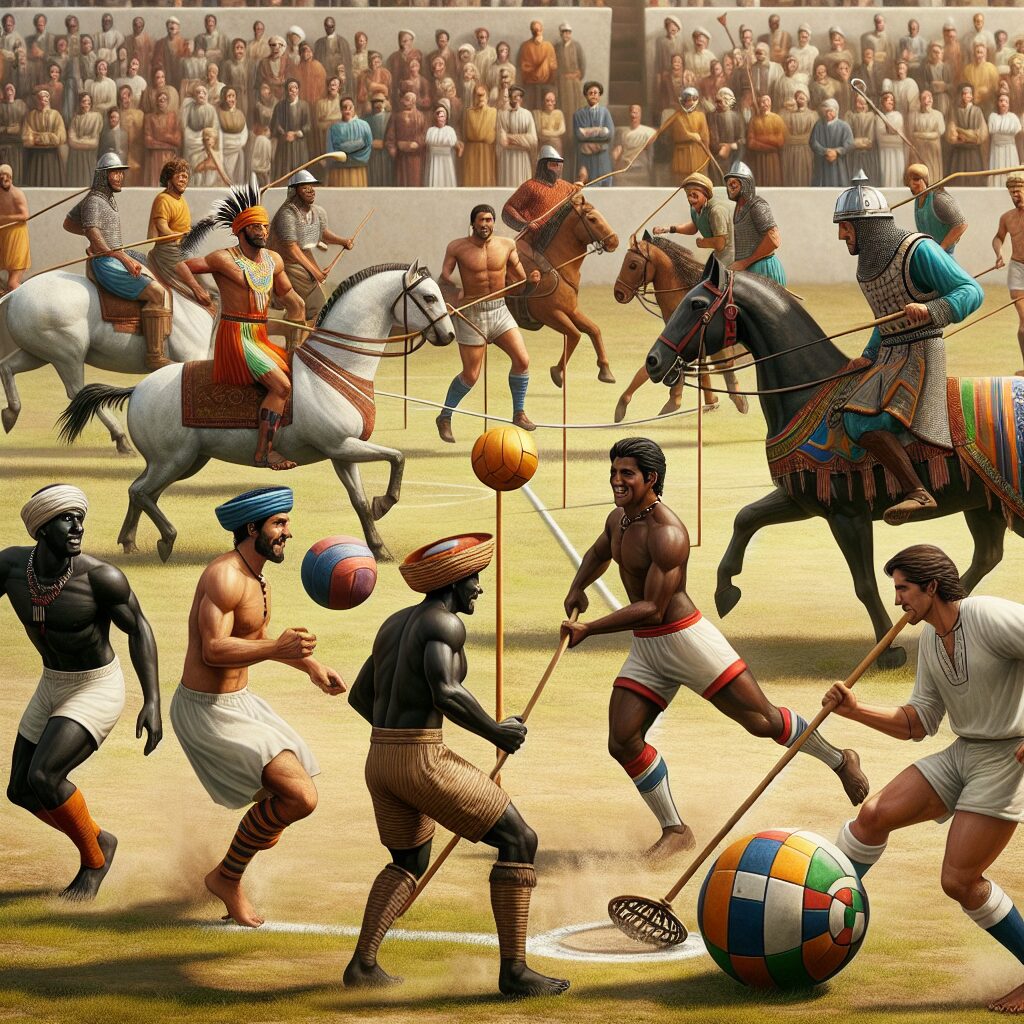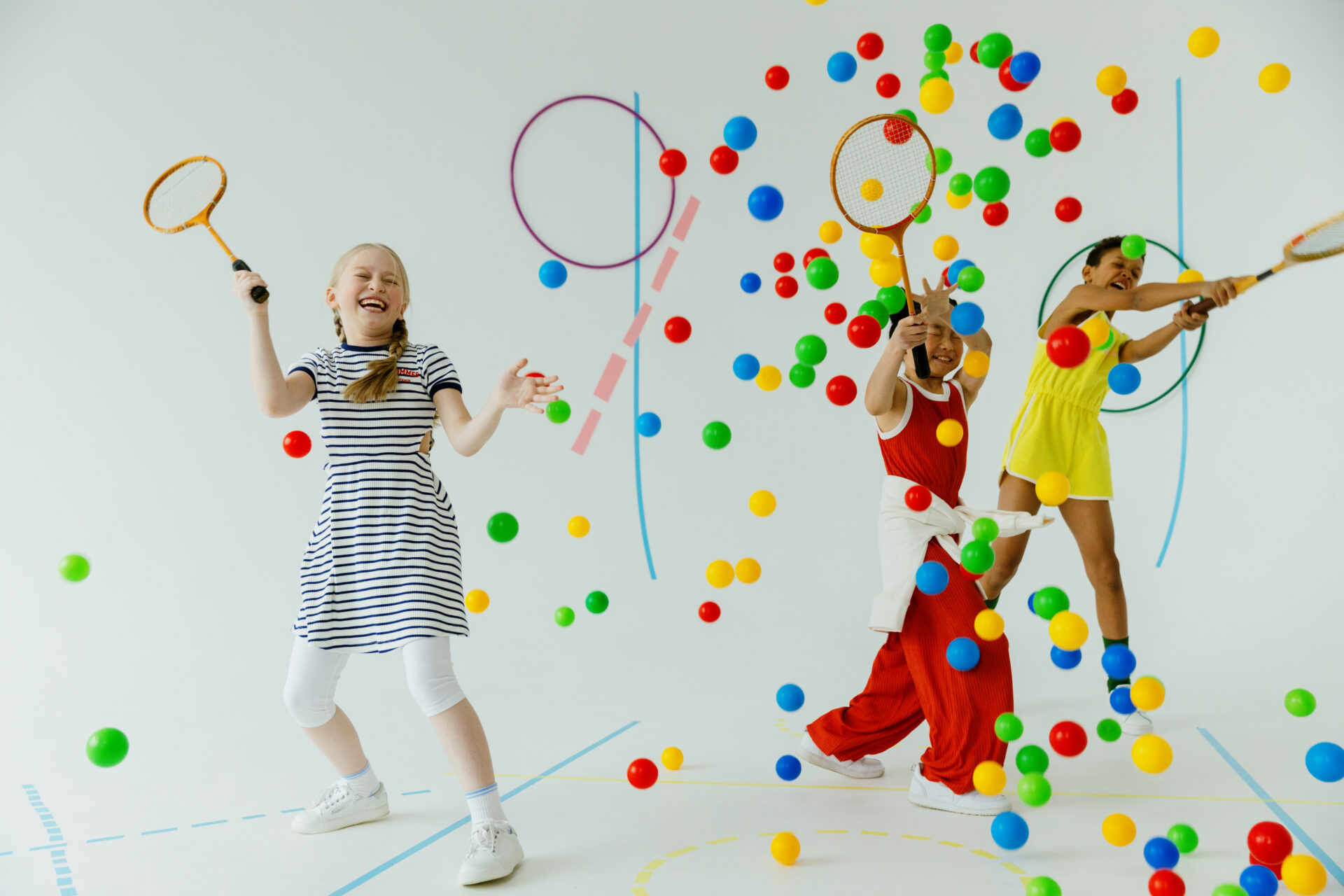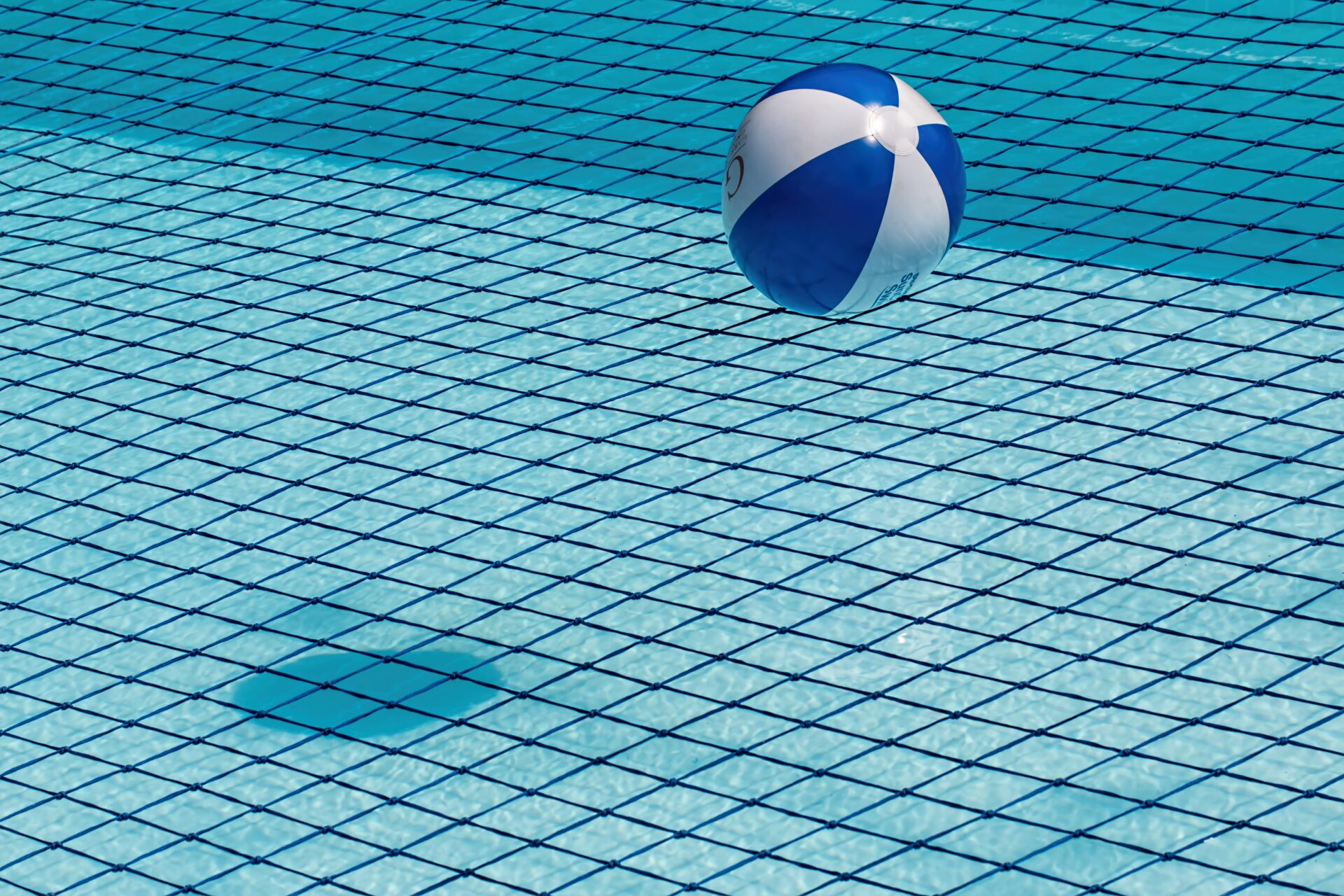Traditional Ball Sports: Preserving Heritage Through Play
Defined as sports that are deeply rooted in cultural traditions and have been passed down through generations, traditional ball sports play a significant role in preserving heritage and fostering a sense of community. From soccer in South America to cricket in India, these sports not only provide a platform for physical activity and entertainment, but also serve as a means of cultural expression and identity. The unique historical significance and cultural impact of traditional ball sports make them a fascinating subject to explore.
One of the key impacts of traditional ball sports is their ability to unite people, transcending barriers of age, gender, and nationality. These sports have been played for centuries within local communities, bringing people together and creating a sense of belonging. Furthermore, traditional ball sports often hold deep symbolic meanings and rituals that reflect the values and beliefs of a particular culture. For example, a traditional Maori game called Ki-o-Rahi, played with a small ball, serves as a representation of the creation of the world and the interaction between different elements. Such rituals and symbolism add a layer of richness to these sports, making them more than just physical activities.
Moving forward, this article will delve into the key takeaways related to traditional ball sports and their role in preserving heritage. We will explore the cultural significance of different sports in various regions around the world, as well as the impact they have on the communities that play them. By understanding the importance of these sports in maintaining cultural heritage, we can appreciate the role they play in keeping traditions alive and fostering a sense of pride and identity. So, join us in this exploration as we dive deeper into the colorful world of traditional ball sports and their immense social and cultural impact.
Key Takeaways
1. Traditional ball sports play a crucial role in preserving cultural heritage, as they have been passed down through generations and hold deep historical significance.
2. The global popularity of traditional ball sports is increasing, with international tournaments and competitions showcasing the skills and traditions of different cultures.
3. Traditional ball sports offer numerous benefits for physical and mental well-being, promoting healthy lifestyles and fostering a sense of community, teamwork, and respect.
4. The preservation of traditional ball sports faces challenges such as urbanization, modernization, and the influence of popular mainstream sports, but efforts are being made to safeguard these valuable traditions.
5. Education and promotion initiatives are vital in ensuring the survival and continuity of traditional ball sports, allowing future generations to appreciate and participate in these cherished cultural practices.
How can Traditional Ball Sports Preserve Heritage Through Play?
1. Introduction to Traditional Ball Sports
Traditional ball sports have been played for centuries and have long been a significant part of various cultures around the world. These sports not only provide entertainment but also serve as a means to preserve heritage and traditions through active play.
2. Historical Significance
Traditional ball sports often bear historical significance, carrying the legacy of ancient civilizations. For example, Ulama, a traditional Mesoamerican ballgame, dates back thousands of years and holds great cultural importance in Mexico. By participating in these sports, players honor their ancestors and keep their heritage alive.
3. Cultural Preservation
Playing traditional ball sports allows communities to maintain their cultural identity. These sports are deeply rooted in rituals, customs, and values that are passed down through generations. Practice and participation in these activities foster a sense of belonging and pride in one’s heritage.
4. Passing Down Traditional Skills
Many traditional ball sports require unique techniques and skills that are specific to a particular culture. By playing these sports, younger generations learn and acquire these traditional skills from the older generation. This passing down of knowledge ensures that the heritage and expertise associated with these sports continue to thrive.
5. Community Bonding and Social Cohesion
Participating in traditional ball sports fosters a sense of community and strengthens social bonds. These sports often involve teamwork, cooperation, and friendly competition. By engaging in these activities, communities come together, creating a space for social interaction, communication, and the sharing of cultural values.
6. Health Benefits
Traditional ball sports are not only about preserving heritage but also offer numerous health benefits. They provide physical exercise, promoting cardiovascular fitness, endurance, coordination, and agility. By incorporating these sports into modern lifestyles, individuals can merge traditional practices with contemporary health consciousness.
7. Education and Awareness
Using traditional ball sports as an educational tool can create awareness about different cultures, history, and heritage. Schools and organizations can introduce these sports to students as a way to learn about the world’s diverse cultural practices, emphasizing the importance of preserving and respecting traditions.
8. International Exchanges and Appreciation
Traditional ball sports often transcend borders, offering an opportunity for international exchanges and appreciating diverse cultural practices. Events, tournaments, and exhibitions showcasing these sports can bring different communities together, fostering cross-cultural understanding and appreciation.
Tips for Preserving Heritage Through Traditional Ball Sports
- Organize regular community events to showcase traditional ball sports and encourage participation.
- Collaborate with cultural organizations to document and preserve the history and traditions associated with these sports.
- Develop educational programs that incorporate traditional ball sports to teach younger generations about their cultural heritage.
- Support local artisans and craftsmen who create traditional equipment used in these sports, thereby preserving traditional craftsmanship.
- Promote international collaborations and exchanges that celebrate and share traditional ball sports on a global scale.
Frequently Asked Questions
1. What are traditional ball sports?
Traditional ball sports refer to sports that have been played for generations, often deeply rooted in a particular culture or region. These sports typically involve a ball and specific gameplay rules that have been passed down through the years.
2. Why is it important to preserve heritage through play?
Preserving heritage through play allows us to honor and celebrate our cultural roots. It helps to pass down traditions, values, and skills from one generation to the next, ensuring that our rich sporting heritage is not lost or forgotten.
3. Are traditional ball sports still popular today?
While modern sports have gained immense popularity, traditional ball sports still have their dedicated communities and enthusiasts. Many people appreciate the historical and cultural significance of these sports and continue to play them with passion and pride.
4. What are some examples of traditional ball sports?
Examples of traditional ball sports include Gaelic football, hurling, Sepak takraw, bocce, kabaddi, and jai alai, among others. Each of these sports has its unique rules, equipment, and cultural significance.
5. How can one get involved in traditional ball sports?
Getting involved in traditional ball sports can be as simple as joining a local club or community group that offers coaching and practice sessions. You can also participate in festivals and events focused on these sports to connect with like-minded individuals.
6. What are the benefits of playing traditional ball sports?
Playing traditional ball sports provides numerous benefits, including increased physical fitness, improved coordination and motor skills, enhanced cultural understanding, and a sense of pride in preserving heritage. These sports also foster team spirit, camaraderie, and a sense of belonging.
7. Are traditional ball sports suitable for all ages?
Yes, traditional ball sports can be enjoyed by people of all age groups. While some sports may have specific age categories for competitive play, there are often recreational opportunities for all ages to participate and enjoy these sports.
8. Can traditional ball sports be adapted for modern settings?
Absolutely! Traditional ball sports can be adapted to fit modern settings without compromising their fundamental essence. Modifications can be made to accommodate different playing surfaces, equipment availability, or even to introduce more inclusive and accessible variations.
9. Is it necessary to have prior knowledge or experience to play traditional ball sports?
No prior knowledge or experience is necessary to start playing traditional ball sports. Many beginners join clubs or groups specifically tailored for newcomers, where experienced players and coaches provide guidance and support for learning the sport from scratch.
10. How do traditional ball sports contribute to cultural heritage preservation?
Traditional ball sports contribute to cultural heritage preservation by keeping alive the traditions, skills, and values associated with these sports. They serve as a vehicle for transmitting cultural knowledge, promoting cultural diversity, and fostering a sense of identity and belonging.
Final Thoughts: Traditional Ball Sports: Preserving Heritage Through Play
Traditional ball sports hold immense value in preserving our cultural heritage. Through these sports, we can connect with our roots, embrace diversity, and celebrate the legacies of generations past. By actively participating and supporting these sports, we ensure that our traditions continue to thrive and remain relevant in the modern world.
Furthermore, engaging in traditional ball sports not only preserves our heritage but also provides countless personal benefits. The physical fitness, mental agility, and interpersonal skills that can be acquired through these sports enrich our lives and contribute to holistic well-being. Let us cherish and promote traditional ball sports as they serve as a bridge between the past, present, and future, reminding us of the beauty and significance of our cultural heritage.




